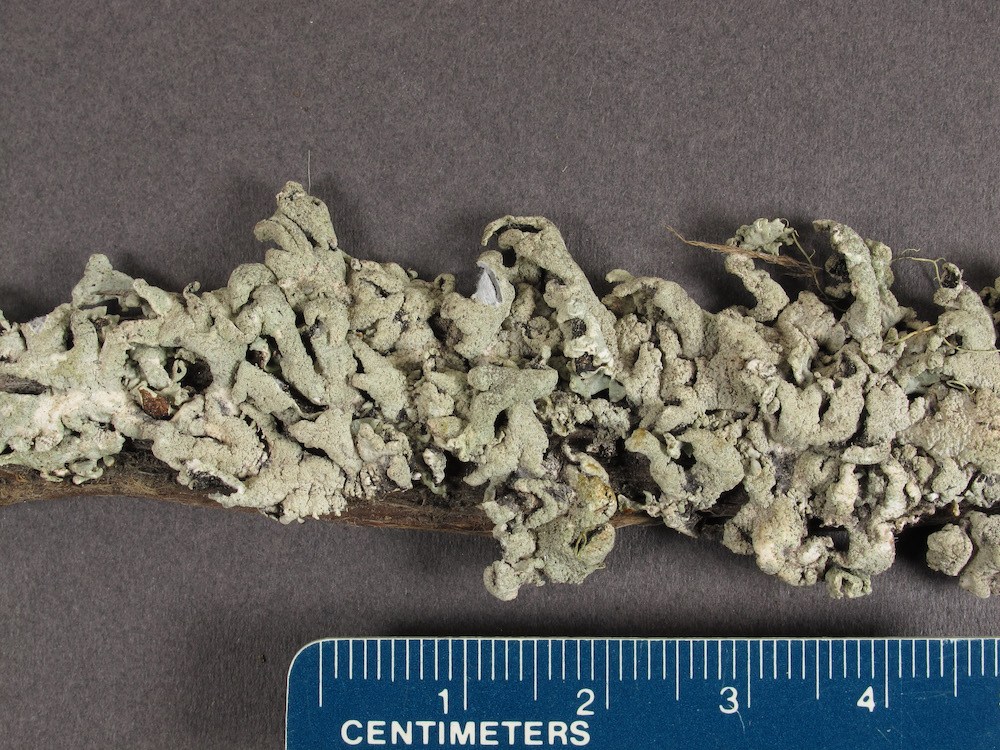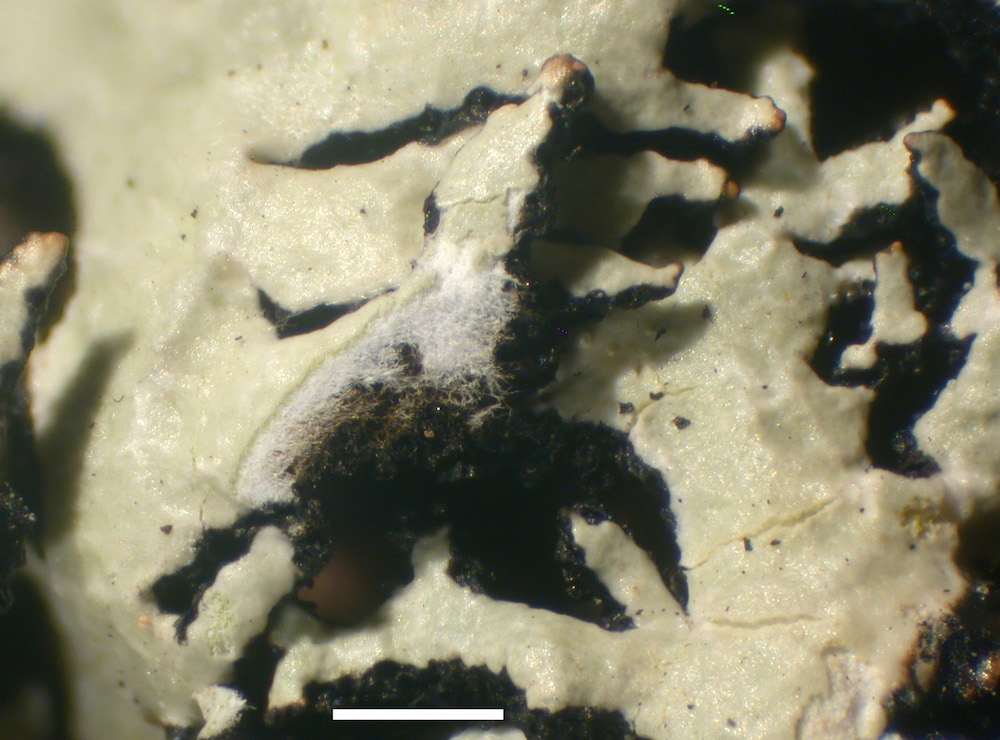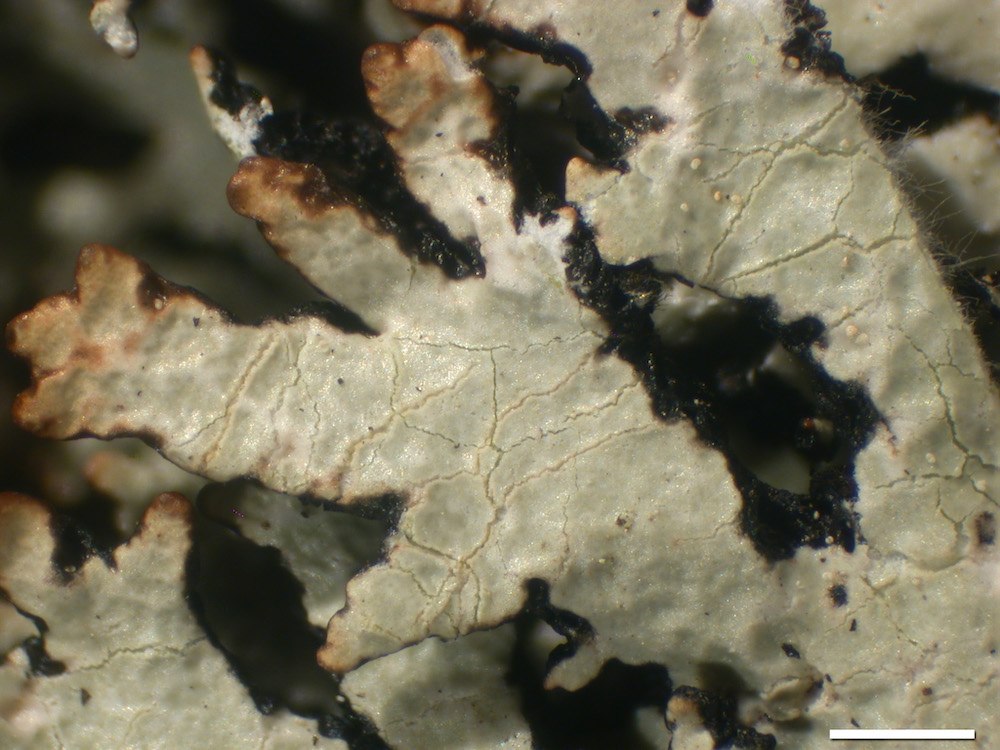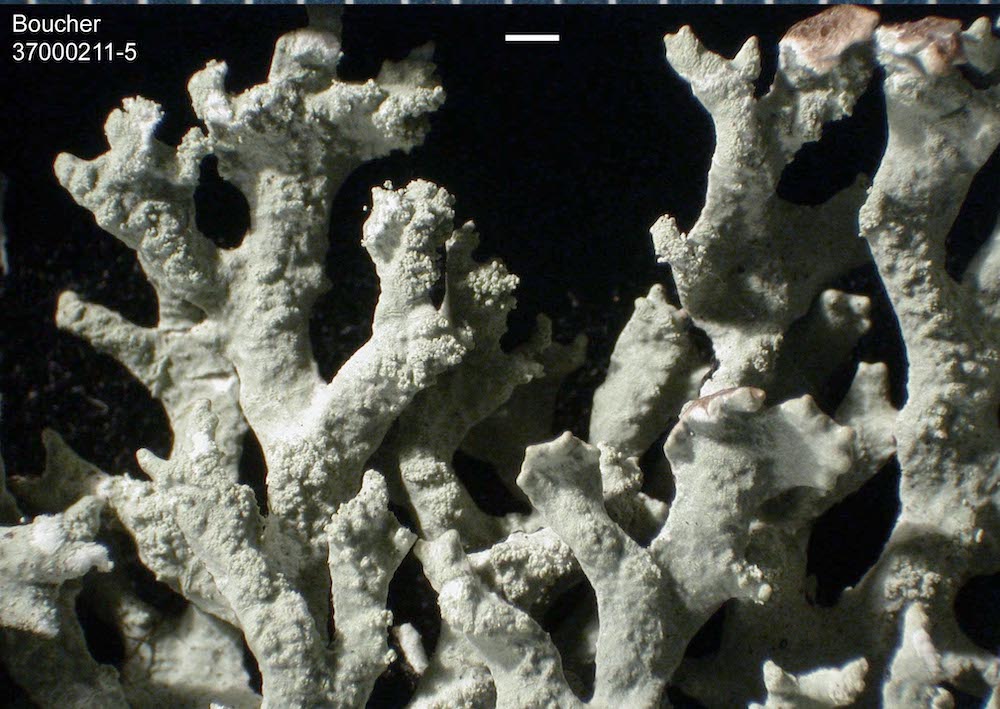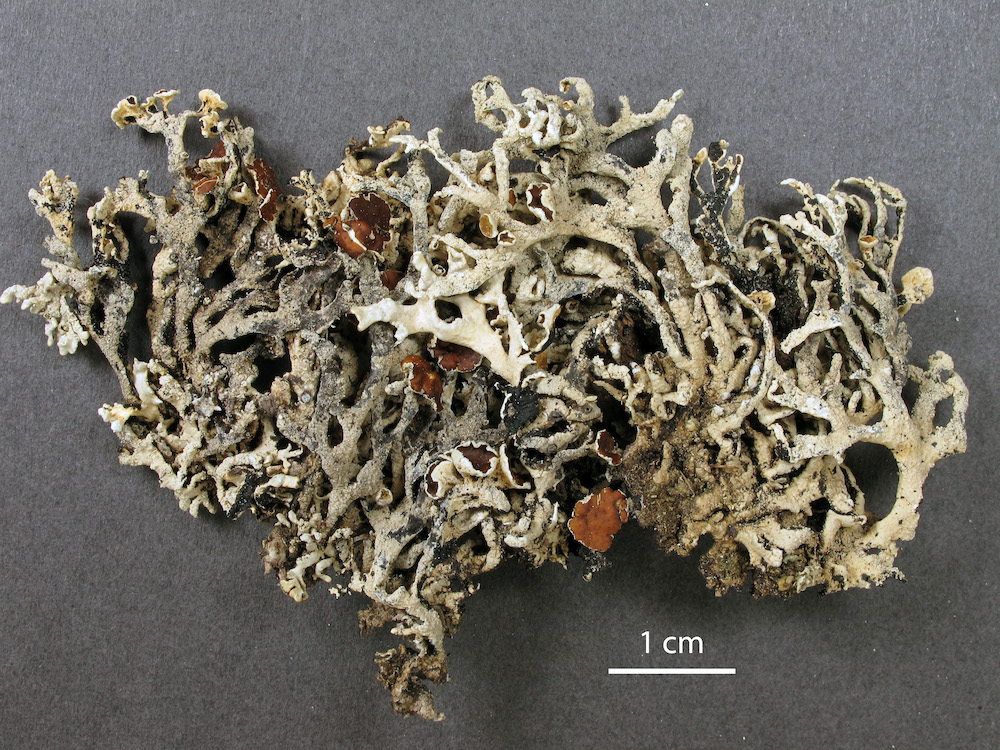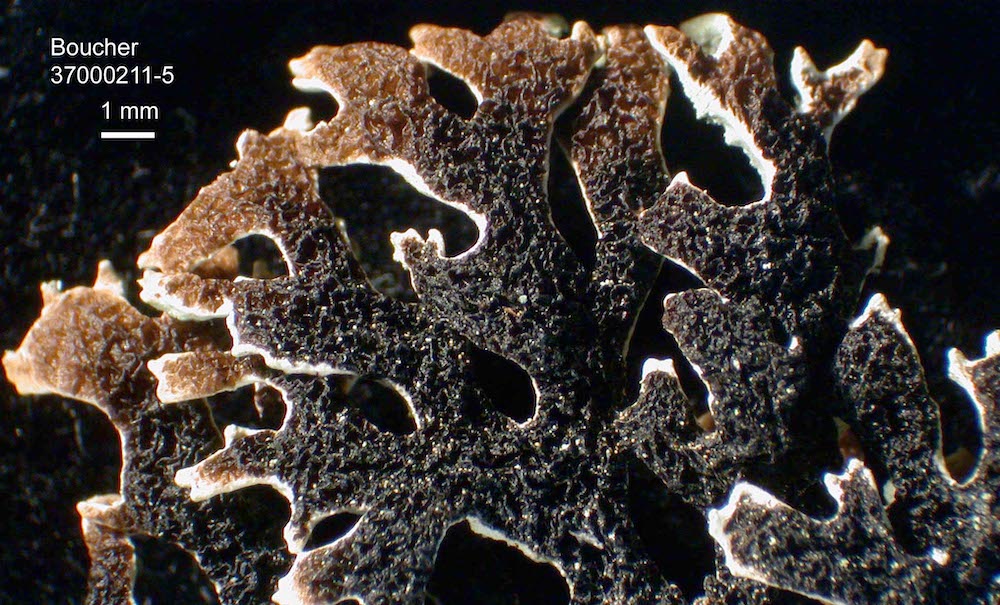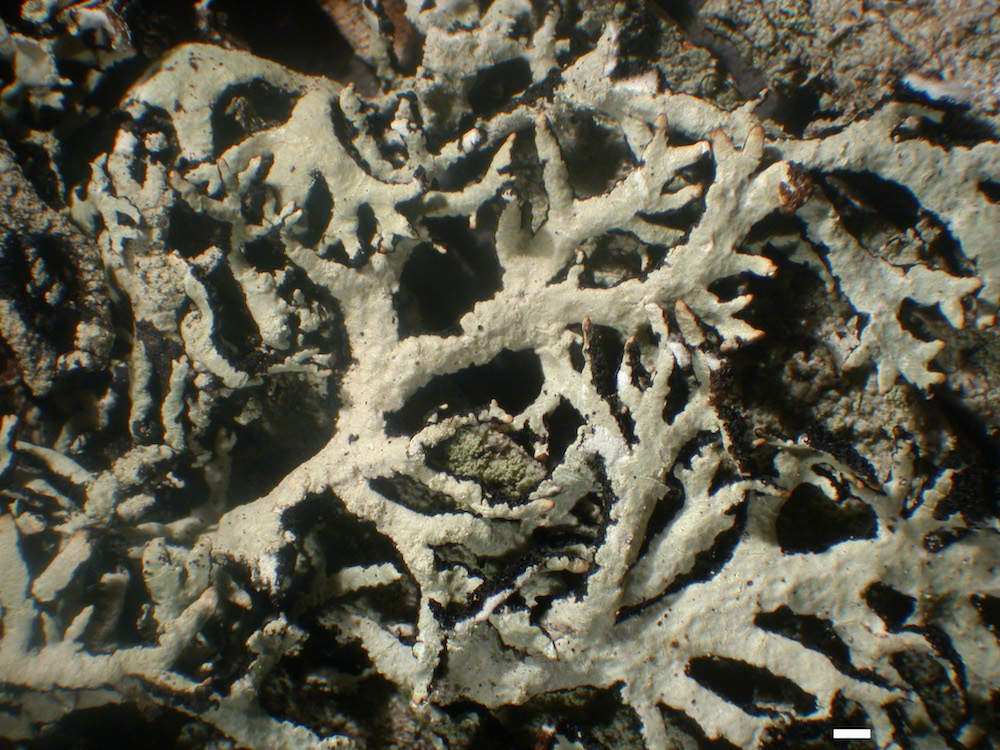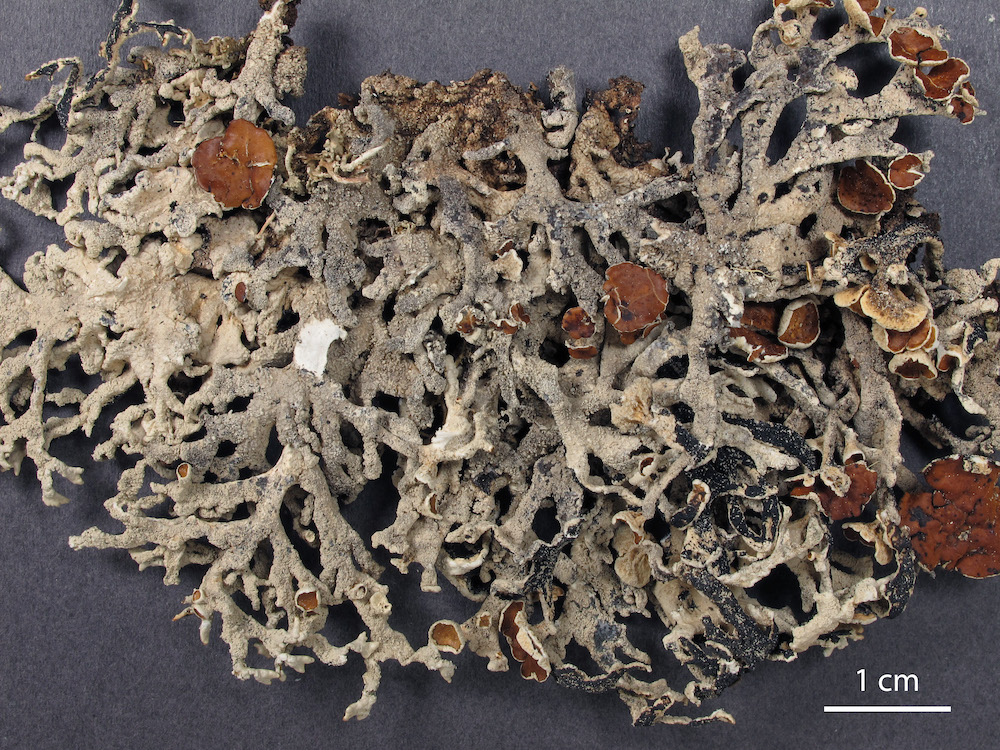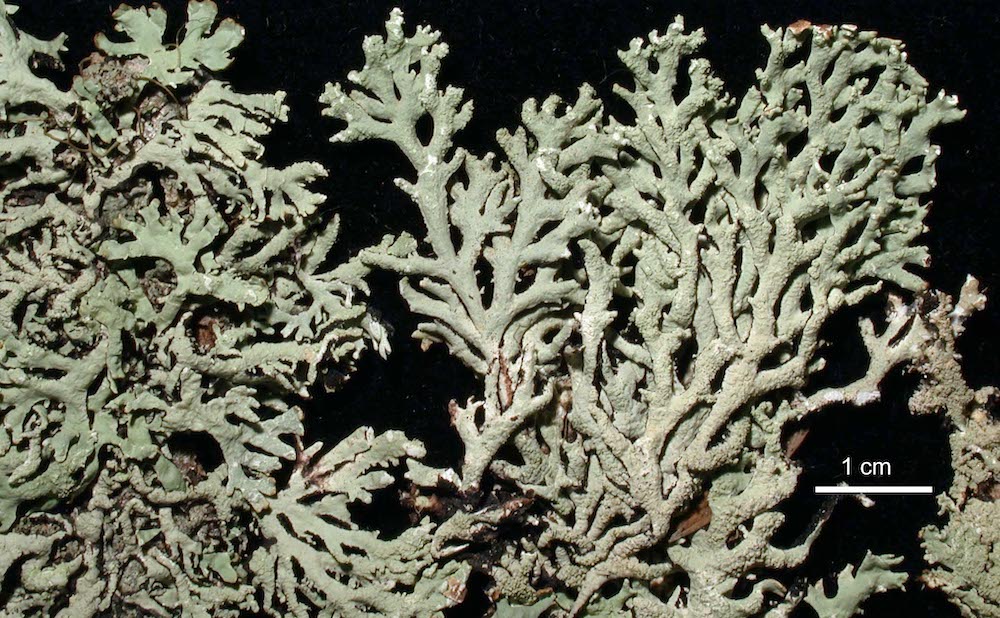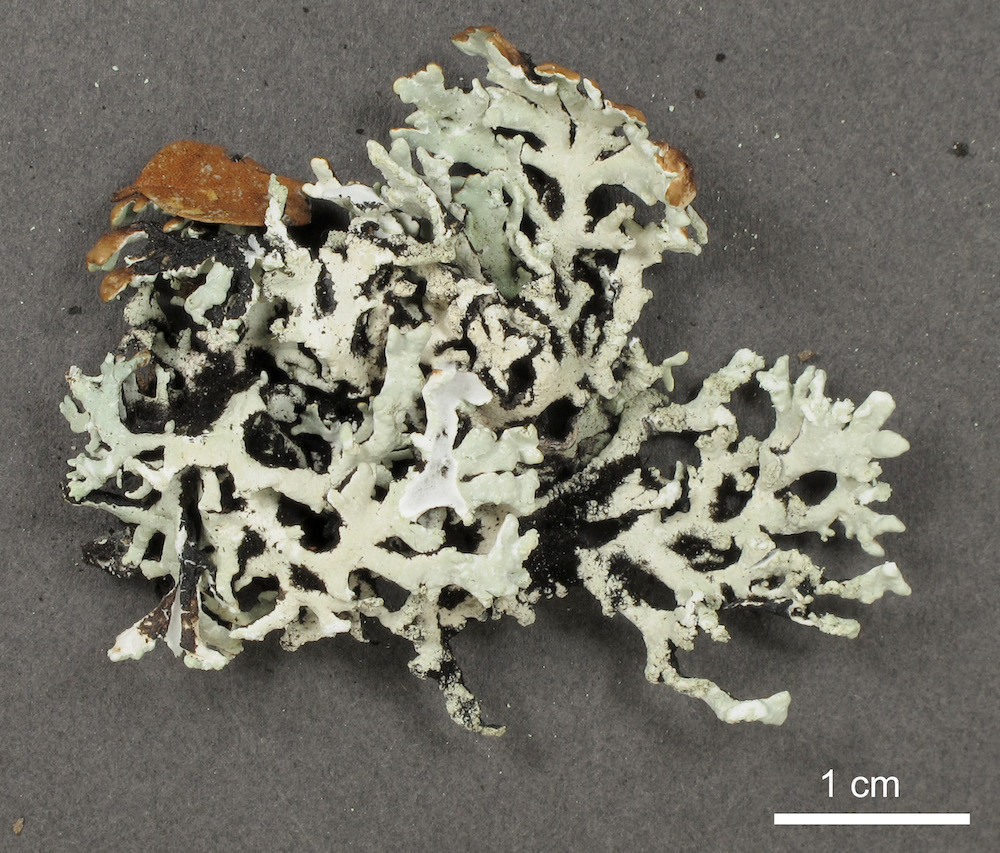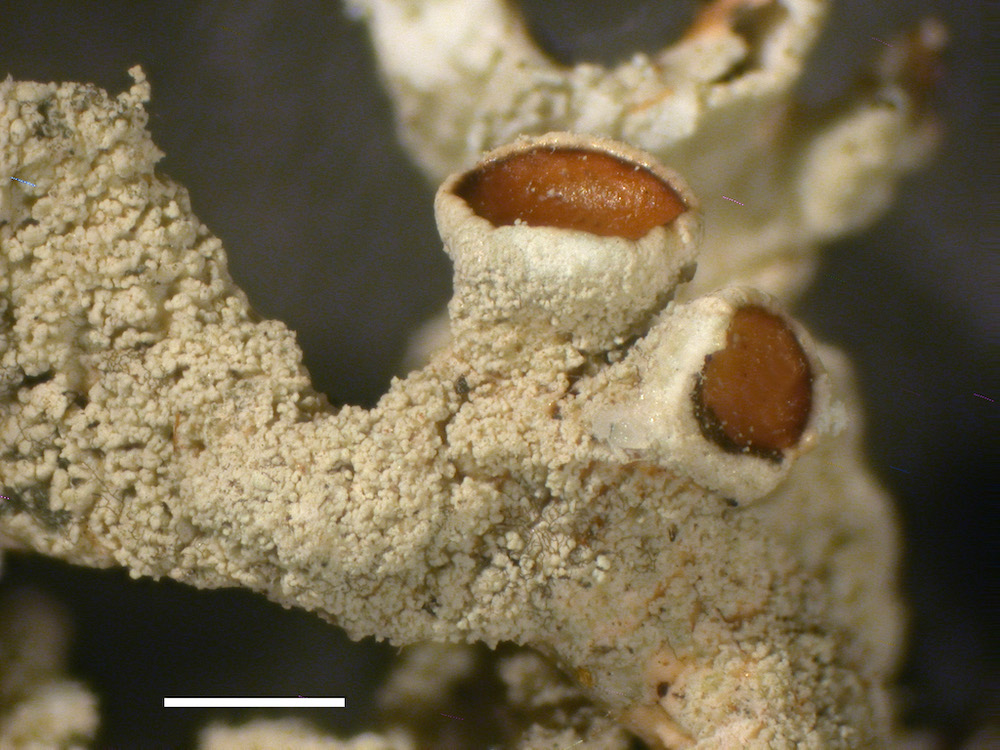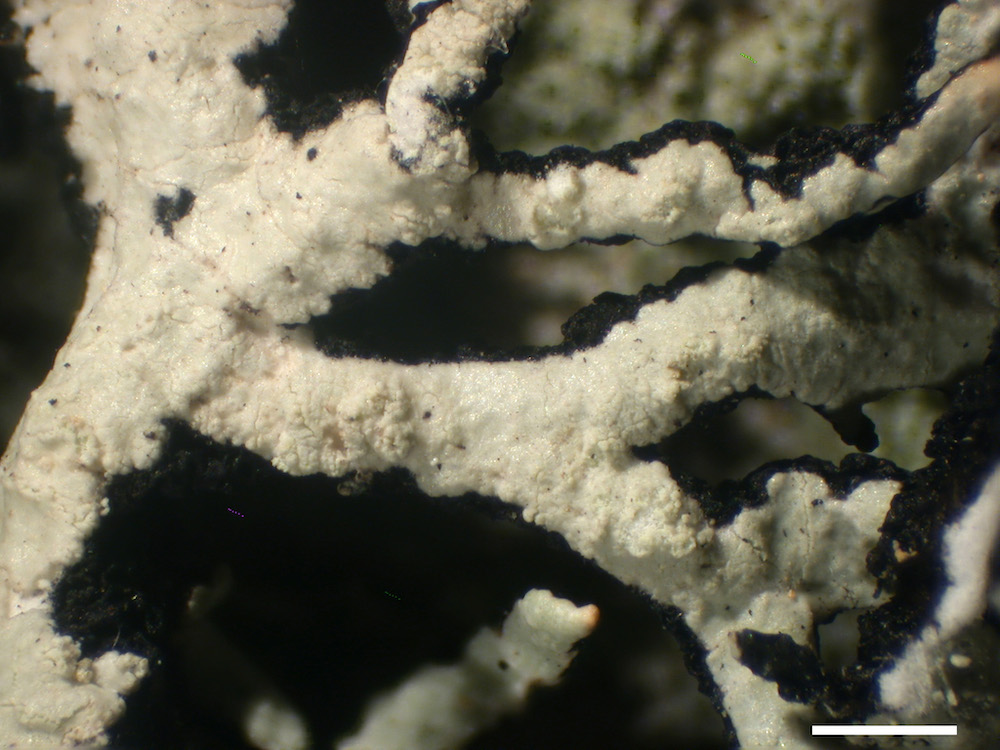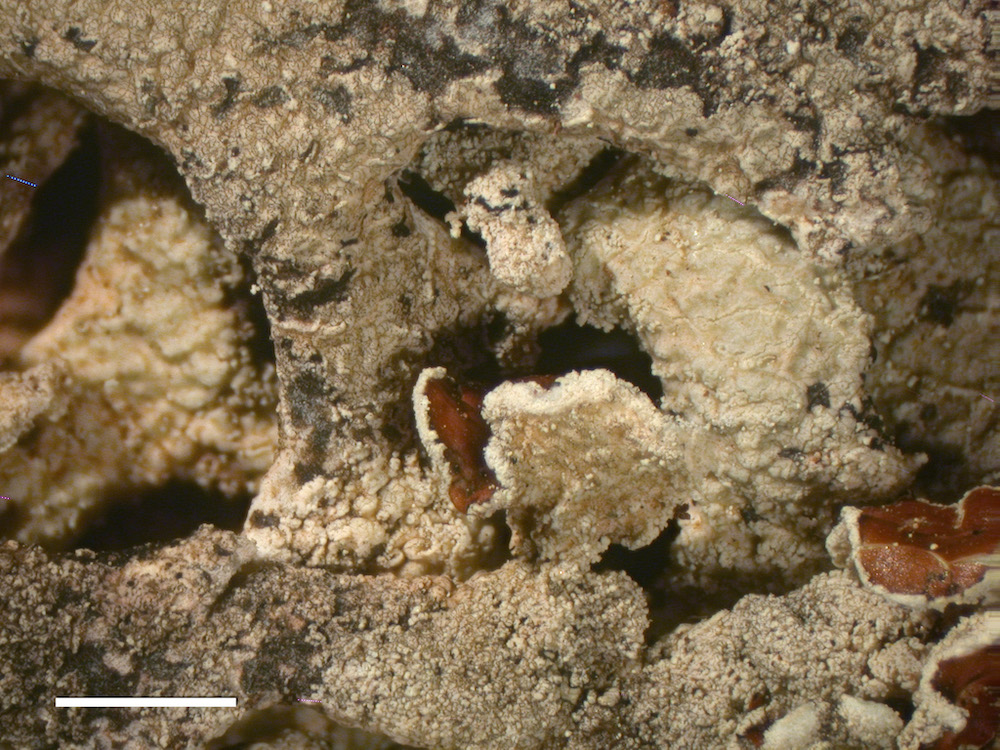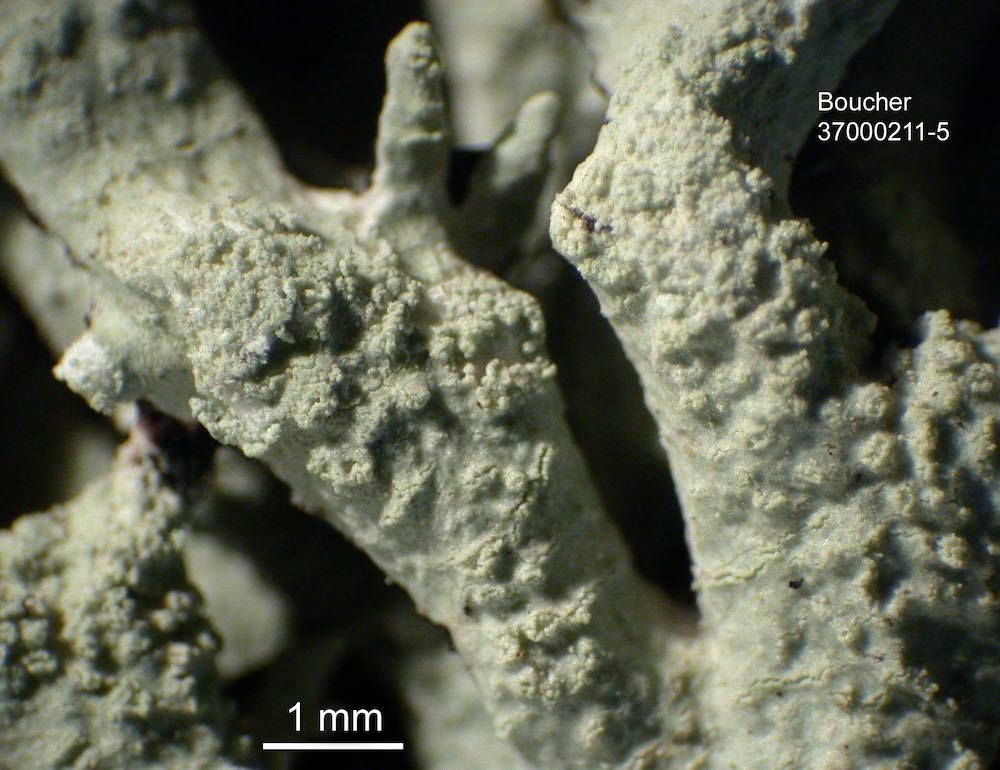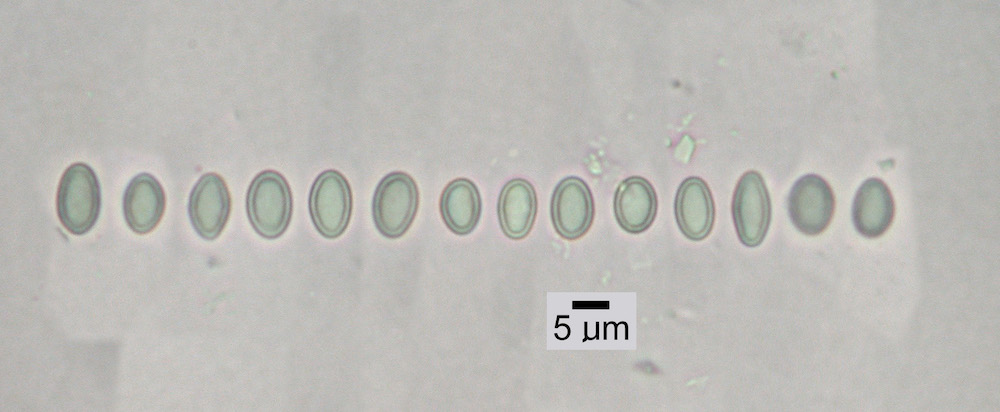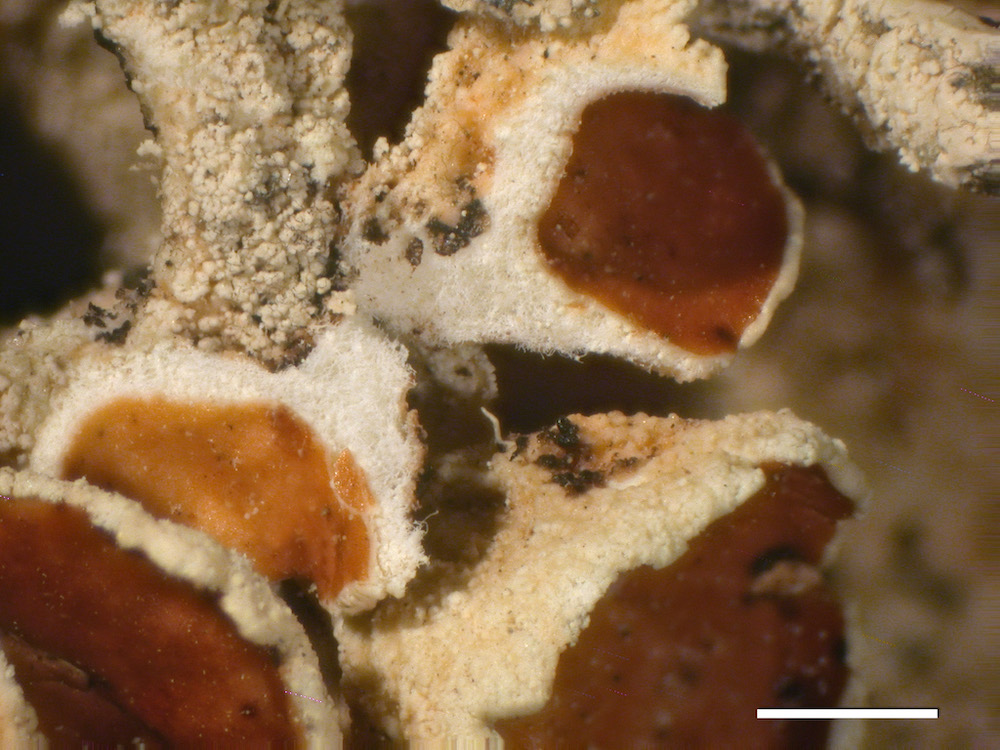Click on Characteristic name for explanation. Click on image for larger version.
Overview
| Synopsis:
| Solid flattened lobes with soredia, the soredia formed initially on edges of flakes of cortex; medulla P- or P+ orange red.
|
| Distribution:
| Circumpacific, including S. America, Asia, and N. America. Japan, Russian Far East, Australia, N.Z. (Lai 1980); China (Jilin) as H. mundata f. sorediosa (Wei 1991). Argentina (Calvelo & Liberatore 2002). New Zealand: North Island (several localities); South Island: Nelson, Marlborough, Canterbury, Otago, Southland (Galloway 2007). Tasmania (Kantvilas et al. 2002).
|
| Habitat:
| temperate forests
|
| Range:
| Eastern North America, Arctic, Subarctic, Alpine, Pacific Northwest Immediate Coast
|
| Other Diagnostics: | Solid flattened lobes with soredia. Lobe tips rather pointed. Lower surface sometimes perforate near lobe tips. Soredia formed initially on edges of flakes of cortex. "...soredia ... become very dense and coarse... generally solid medulla and the tough, cartilaginous lobes. The marginal lobes are typically adnate, contiguous and overlapping, but loose, elongate, suberect lobes may also be developed from the central parts... most similar to H. subphysodes var. austerodioides, which has a hollow medullary cavity and more fragile lobes." (Kantvilas et al. 2002). Rare form has laminal granules or isidia (not bursting), e.g. Tibell 15043 (UPS). Kalb 19046 sp. meas. From photos: 6.2-7.6 x 4.6-5.1 median 6.8x4.8. Spermatia 5.1-6.2x0.8-1.1 meian 5.7x0.9
| | Substrate Notes: | On logs, stumps, Eucalyptus (dead and alive), conifers, Tusga diversifolia (Japan), Picea sitchensis and other conifers (N Am)
| | Abundance in North America: | Rare
| | Substrate: | Typically
| | Host: | Conifers, logs, Eucalyptus, Picea glehnii
| | On Rock: | Rarely
| | On Moss/Detritus/Sod: | Never
| | Authority: | (Nyl. in Cromb.)Elix
| | References: | Elix (1979), Brodo (1989), McCune et al. (1997), Kantvilas et al. (2002), Nelson et al. (2011)
| | Synonymy: | Hypogymnia mundata var. pulverata
|
|

Habit
|

